Entry Category: Modern Era
 Arkansas Martin Luther King Jr. Commission
Arkansas Martin Luther King Jr. Commission
Arkansas Martin Luther King Jr. Commission
Black Americans for Democracy (BAD)
aka: Students Taking a New Direction (STAND)
aka: Black Students Association (University of Arkansas, Fayetteville)
Black Lives Matter
Black Power Movement
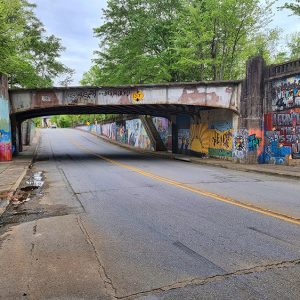 BLM Art
BLM Art
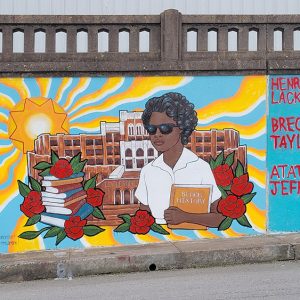 BLM Art
BLM Art
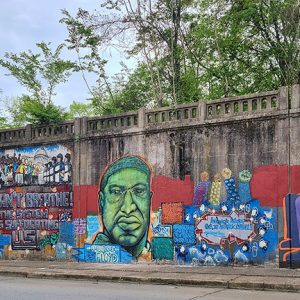 BLM Art
BLM Art
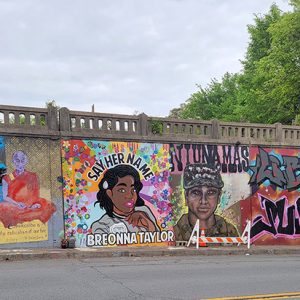 BLM Art
BLM Art
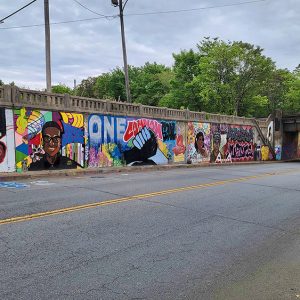 BLM Art
BLM Art
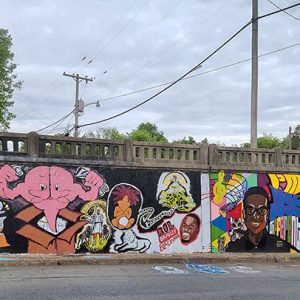 BLM Art
BLM Art
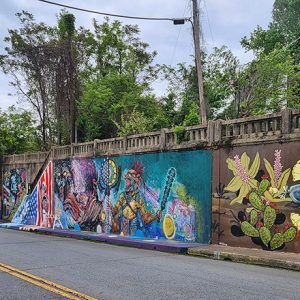 BLM Art
BLM Art
 BLM March
BLM March
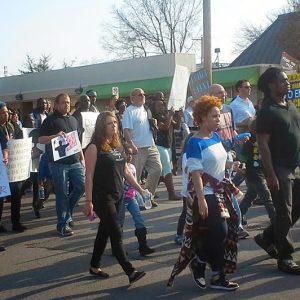 BLM March
BLM March
Blytheville Boycotts of 1970–1971
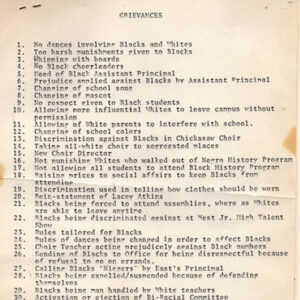 Blytheville Student Grievances
Blytheville Student Grievances
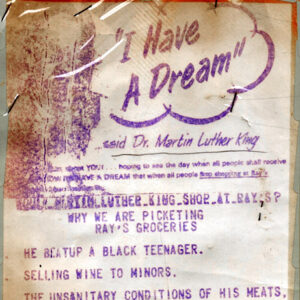 Boycott Flyer
Boycott Flyer
Brown, Evangeline Katherine
 Capital Guards Memorial Vandalism
Capital Guards Memorial Vandalism
 LeRoy Christophe
LeRoy Christophe
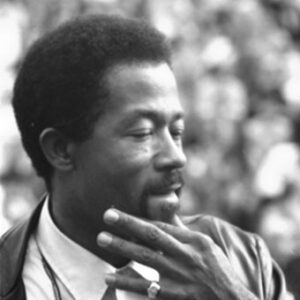 Eldridge Cleaver
Eldridge Cleaver
Cleaver, Leroy Eldridge
College Station Freedom School
Cuban Refugee Crisis
Earle Race Riot of 1970
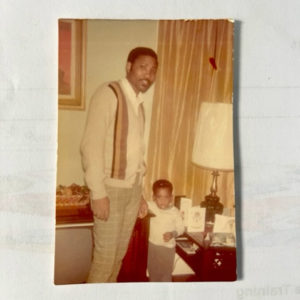 Ellison and Son
Ellison and Son
Ellison, Eugene (Killing of)
 Eugene Ellison
Eugene Ellison
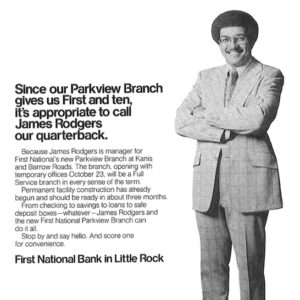 First National Bank Ad
First National Bank Ad
Gregory, Dick (Arrest of)
Hispanic Women’s Organization of Arkansas (HWOA)
Hollingsworth, Perlesta Arthur “Les”
Hutton, Bobby James
Jackson, Gertrude Newsome
 KKK in Cabot
KKK in Cabot
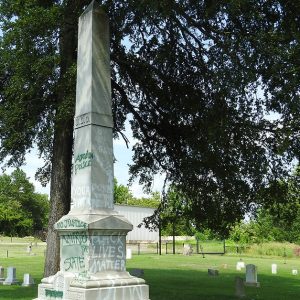 Little Rock Confederate Memorial Vandalism
Little Rock Confederate Memorial Vandalism
Little Rock School Desegregation Cases (1982–2014)
aka: Little Rock School District, et al v. Pulaski County Special School District et al.
Little Rock Uprising of 1968
March Against Fear (1969)
aka: Walk Against Fear (1969)
Marianna Boycotts of 1971–1972
McIntosh, Robert “Say”
National Black Political Convention (1974)
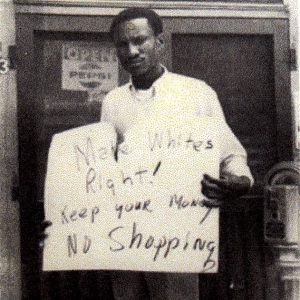 Prentiss Neal
Prentiss Neal
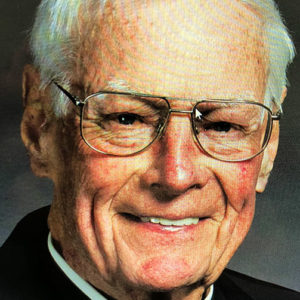 John F. O'Donnell
John F. O'Donnell
 John F. O'Donnell
John F. O'Donnell
Pike, Annie Zachary
Reed, Adolph Sr.
 Andree Roaf
Andree Roaf




